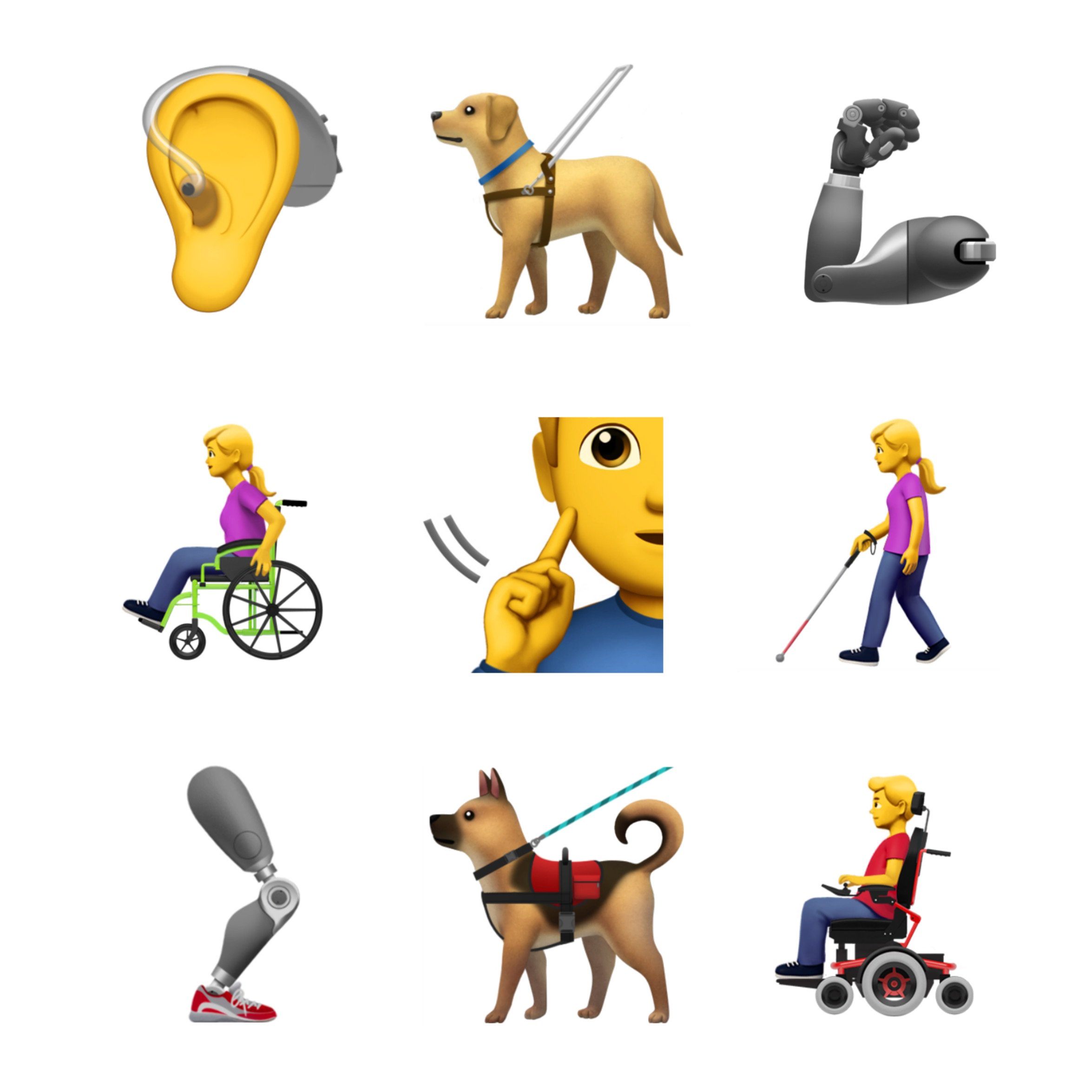In the wake of Apple’s spring iPad and education event, I’ve received a lot of questions about how the base-model 2018 iPad fits in next to the 10.5-inch and second-generation 12.9-inch iPad Pro line — does giving Pencil support to the base-model iPad eliminate the need for a Pro-level iPad?
In short, no. But why? Here’s how the two models compare, and why you’ll probably want to stick with a Pro for more high-level work.
Great guide by iMore’s Serenity Caldwell that covers all the key differences between the new 9.7” iPad and the iPad Pro line (including the first-generation models). I should call out two of them specifically: the first-gen Touch ID (it’s worse than the second-gen not only because it’s slightly slower, but because it fails more often), and the lack of three interactive apps at once when using Slide Over and Split View together.
As I noted yesterday, I think the new iPad, thanks to the A10 chip and Pencil, is a fantastic choice for users who want a solid iPad experience without the extra power of the Pro models. Arguably, True Tone, the Smart Connector, ProMotion, and a four-speaker system aren’t absolute must-haves for someone who doesn’t need the most powerful iPad experience; the Pencil is a natural complement to the iPad with a broader consumer appeal than other Pro-only features. It makes sense for the Pencil to trickle down into the iPad line.









